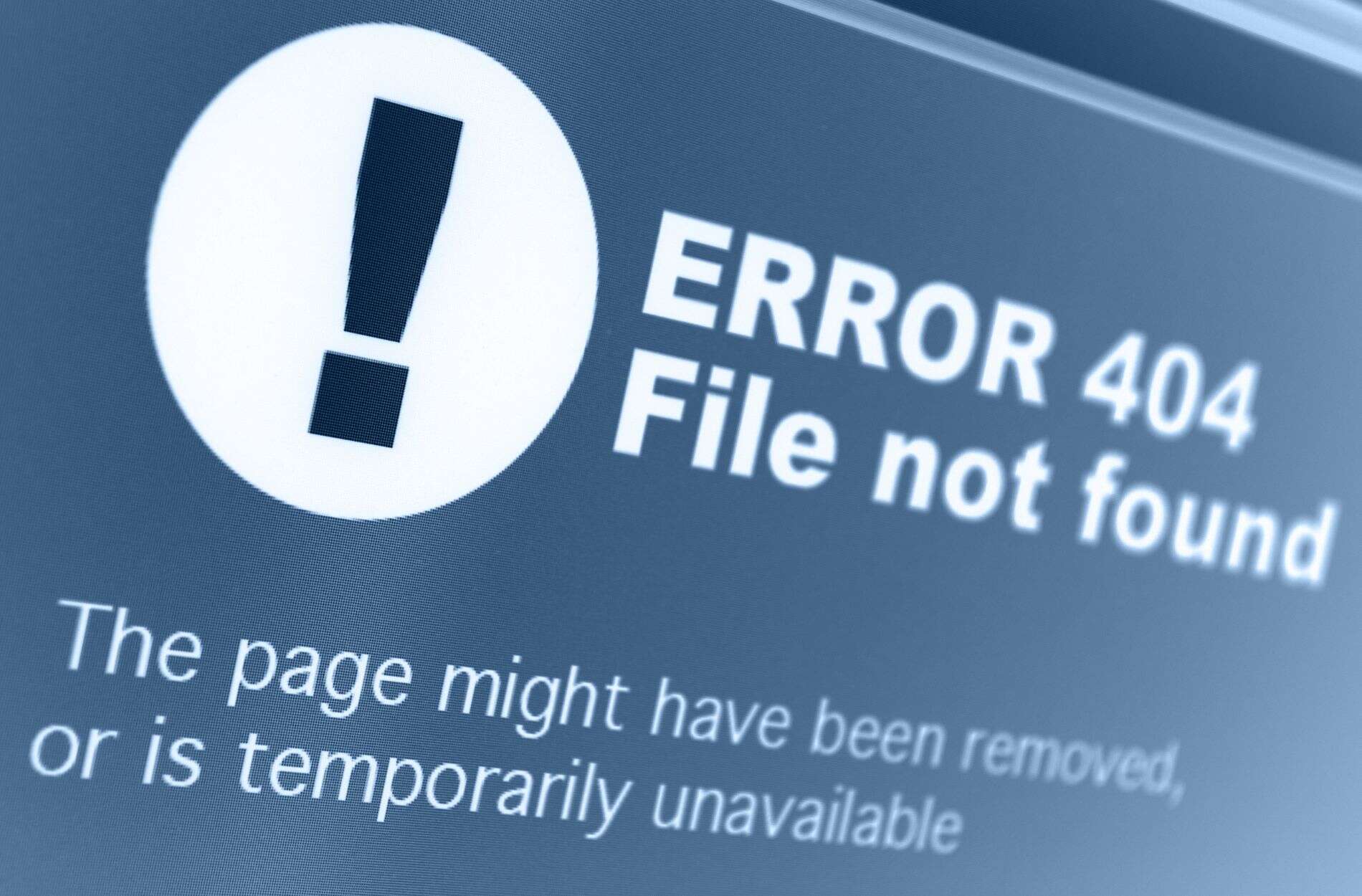Imagine clicking on a promising link only to be greeted by an annoying “404 Page Not Found” message. It’s frustrating, isn’t it? Broken links and 404 errors are the digital equivalent of a dead-end street, leaving users confused and even pushing them away from your website. For businesses on the Gold Coast, especially those focusing on web design, ensuring a seamless online experience is paramount. Maintaining a functional and user-friendly site is crucial to keeping visitors engaged and satisfied, and broken links can seriously disrupt that.
So, why is it important to fix broken links and 404 errors? Besides leaving a poor impression on users, these glitches can actually harm your site’s SEO rankings. With search engines valuing user experience, sites riddled with errors might find themselves buried in search results. In this article, we’ll explore what these issues are, how to spot them, and why addressing them matters.
Understanding Broken Links and 404 Errors
Broken links are like missing puzzle pieces. They’re meant to connect users to desired content, but when links are broken, they fail to do so. Common causes include URL changes, deleted content, and typos in the hyperlink. Think of 404 errors as markers telling users the page they’re trying to reach isn’t available. These errors occur when the server can’t find the requested page.
Both broken links and 404 errors send visitors away in frustration. Imagine you’re following a map for a treasure hunt and suddenly find a roadblock; you’d likely quit the hunt. That’s what happens to potential customers encountering these errors on your site. Their negative impact can be lasting, affecting not only user experience but also your site’s credibility and SEO rankings. Search engines recognize and penalize sites with excessive errors, which is the last thing any business wants.
Identifying Broken Links on Your Website
Identifying these issues is the first step in correcting them. There are multiple ways to find broken links:
– Manual Checking: Start by clicking through your website to detect obvious errors or broken links.
– Online Tools: Use tools like Screaming Frog or Google Search Console to identify broken links quickly.
– Browser Extensions: Add-ons like Check My Links for Chrome can easily highlight broken links on any webpage.
Once you’ve identified the issue, create a list to keep track. This list will help you monitor, update, and verify links regularly. With an ongoing plan in place, keeping your website links intact becomes manageable and ensures visitors have a smooth surfing experience.
Next, in the article, we will dive into methods for repairing broken links and preventing future errors from taking over. For now, consider your website as a garden. Just like regular weeding keeps it healthy and thriving, fixing these digital weeds prevents them from overshadowing your beautiful content.
Repairing Broken Links and 404 Errors
Once you know where the broken links are, it’s time to roll up your sleeves and get them fixed. Start by updating any outdated URLs. If a page has moved, make sure to correct the link to direct users to the new location. This simple update can save both your users and search engines a lot of hassle.
If a page no longer exists, consider removing the link or finding a more appropriate page to direct visitors. This is where 301 redirects become handy. These redirects guide visitors from an old link to a new, relevant page. Think of them as a bridge connecting the old path to the new, making the journey seamless for your users. Setting up a 301 redirect is straightforward. Most content management systems, like WordPress, offer easy options or plugins to help you manage these redirects.
Don’t forget the dreaded 404 error pages. While they might seem like the end of the road, creating a custom 404 error page can turn frustration into a chance for engagement. Include a friendly message, a search bar, or links to popular pages on your site. This not only eases the user’s frustration but also keeps them browsing longer.
Best Practices for Preventing Broken Links in the Future
Preventing broken links takes a bit of planning, but it’s worth it. Regular content reviews and updates are a must. Set aside some time each month to check your site’s links. This proactive approach catches problems before they impact your visitors.
Automation tools can also lend a hand. For example, plugins that automatically check links or alert you to broken ones make the task a breeze. Incorporating these tools into your routine ensures minimal disruption to your users.
Scheduling audits is another strategic move. This planned check helps sustain your website’s health, much like regular doctor visits keep you in good shape. By keeping an eye on your site’s structure and content, you maintain the robust function everyone expects.
Ensuring a Flawless User Experience
Maintaining a website is like keeping up a well-tuned car. By regularly addressing broken links and errors, you ensure the engine runs smoothly, providing your users with a flawless experience. It’s this attention to detail that sets successful websites apart, creating an inviting space for visitors and boosting engagement.
Addressing these issues shows your commitment to quality and user satisfaction. Websites that operate seamlessly not only attract more visitors but hold onto them, too. By taking care of these technical components, you’re well on your way to fostering a website that’s both efficient and user-friendly.
So, make broken links a thing of the past. Taking these steps towards a better website experience will yield positive results, both in user satisfaction and search engine rankings. Keep your website thriving and let every click count.
Ensure that your site provides a seamless browsing experience by tackling any link issues head-on. If you’re ready to invest in high-quality Gold Coast web design, Titan Blue Australia is here to help you develop a site that thrives online. Explore our services to keep your web presence both inviting and error-free.




